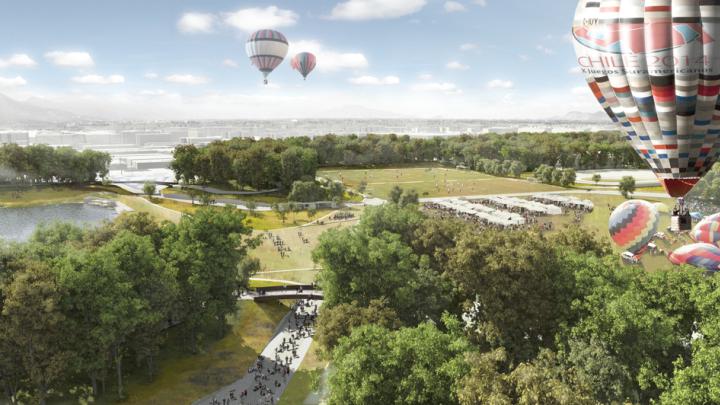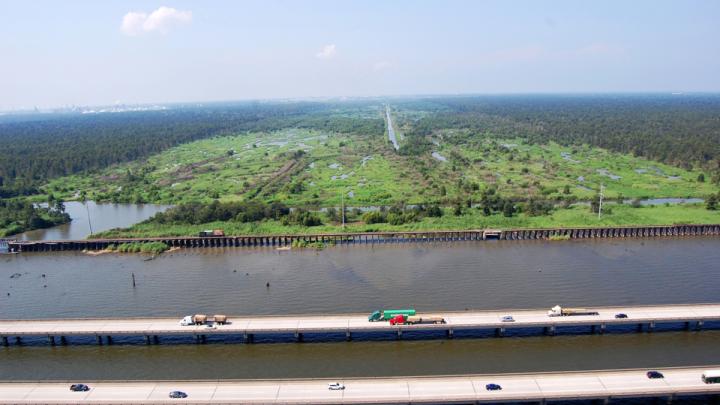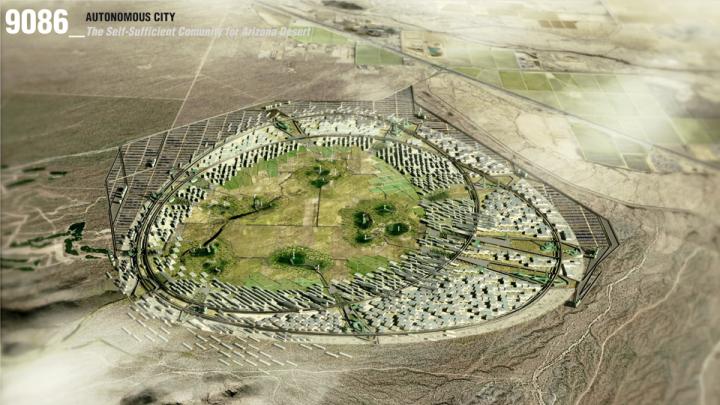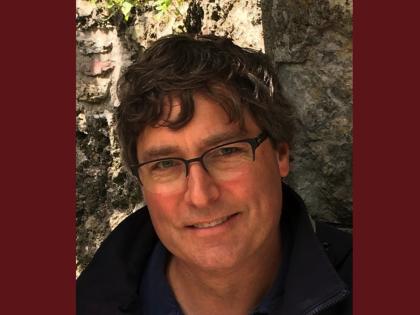Typically, cities face the challenge of squeezing more green space into their existing urban landscape. But what if you could plan out a city starting with open spaces, and add roads and buildings later?
That’s just one of the driving ideas behind the urbanism, landscape, and ecology (ULE) concentration at the Graduate School of Design (GSD). Started two years ago by GSD dean Mohsen Mostafavi, Irving professor of landscape architecture Charles Waldheim, and associate professor of landscape architecture Pierre Bélanger, the two-year program invites students to think of urban planning from the outset in terms of water use, energy use, alternative energy sources, waste streams, biodiversity, and green space.
“Let’s look at the city as an ecological or biological system,” says Waldheim. “For urban design, the ideal model of the sustainable city has been Manhattan. And in terms of its urban form and energy usage or transit per capita, that model does very well. But as a model of the city it does not incorporate the external energy, and food, and water, and other biological and ecological systems to sustain life.”
The challenge ULE students face is to re-envision cities that can bustle as well as Manhattan but are environmentally sustainable at the same time.
“The program moves beyond the conventions of urban design, regional planning, and civil engineering that have typically limited urban studies to the study of the city,” says Bélanger. “It is the only postgraduate research program in the world designed for architects that explores and investigates the complex ecologies of urbanization.”
Waldheim says the track—which is within the traditional master in design studies (M.Des.S.) program—grew from an emerging interest in the subject, primarily among a cross-disciplinary group of landscape architects, designers, and planners eager to study the city from a landscape and ecological point of view. Unlike other programs at the GSD and most other schools of architecture, the ULE concentration is primarily research-based, rather than design-based. Echoing Bélanger, Waldheim adds, “There were very few research-based programs available in the world…for people who wanted to study the city from the point of view of sustainability.”
Candidates design their own course of study, choosing among classes offered by the GSD, other Harvard schools, and MIT. They then pair with GSD professors in designing research projects; recent examples include examining urbanization in the Great Lakes’ drainage basin, exploring geography and ecology on the border of North Korea, and investigating the challenges of rebuilding New Orleans after Hurricane Katrina.
For program graduate Dongsei Kim, M.Des.S. ’12, the Korean Demilitarized Zone was fascinating because it’s been uninhabited by humans for decades, fostering incredible biodiversity in flora and fauna. His thesis, which featured a cartographic timeline of the zone, received a National Map Award from the National Geographic Society and the Howard T. Fisher Prize from Harvard’s Center for Geographic Analysis.
Kim, who will begin teaching urban design at Columbia this fall, was one of 12 students in the program’s first graduating class. Other graduates are taking full-time tenure-track teaching positions, continuing with doctoral programs, or returning to the professional world to put their new perspective on ecological urban design to use—“precisely the kinds of outcomes,” Waldheim says, that the program fosters.










